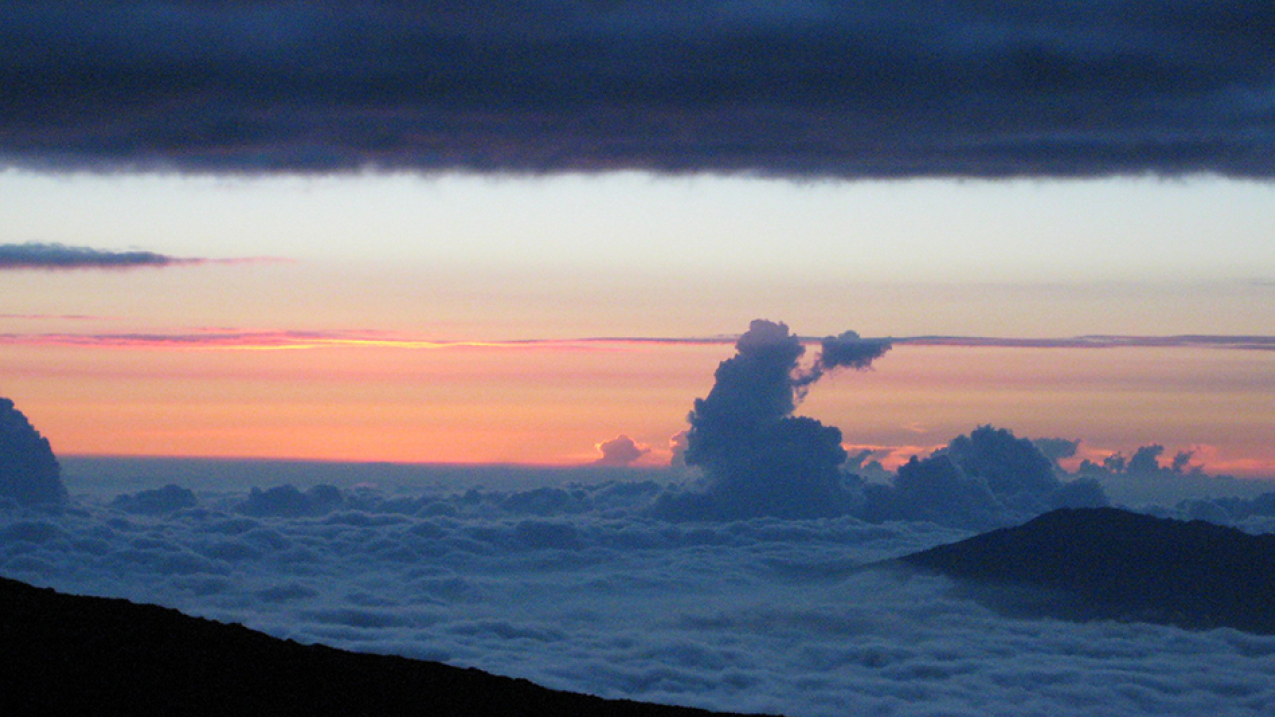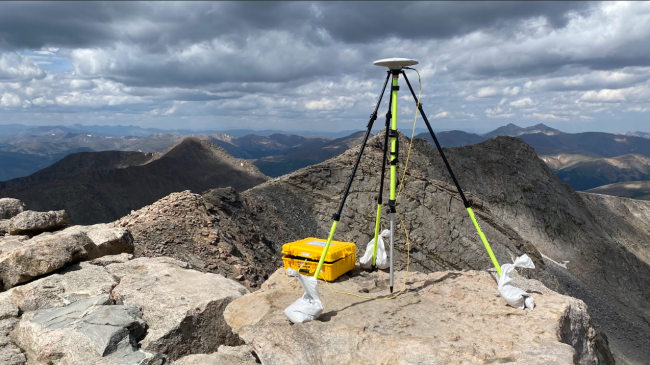
Air samples from NOAA's Mauna Loa Atmospheric Baseline Observatory provided the first evidence of new production of the ozone-destroying chemical CFC-11, in violation of the Montreal Protocol. A new study in Nature pinpoints the source of these emissions to two provinces in China. (Image credit: Eric Johnson/NOAA Corps)
It was one of the major scientific discoveries of 2018: Emissions of an ozone-destroying chemical responsible for creating the Antarctic ozone hole were unexpectedly rising again, in an apparent violation of an international ban on its manufacture and use. The finding was reported by NOAA scientist Stephen Montzka and an international team of colleagues.
Where were the emissions coming from? A new study published today in Nature offsite link provides an answer.
Since 2013, about 7,000 more metric tons (8,000 U.S. tons) of the banned chlorofluorocarbon CFC-11 have been emitted each year from eastern China than were emitted between 2008 and 2012, on average. This increase, found to originate primarily from China’s Shandong and Hebei provinces, accounts for at least 40 to 60% of the global increase announced last year.
CFC-11 was once used in hundreds of consumer and military applications. It was a popular cooling agent in refrigerators, but it’s main use was as a foaming agent in numerous products, from auto dashboards to building insulation. CFC-11 is the second-most abundant of the ozone-depleting gases in the atmosphere that create the Antarctic ozone hole each year.
“We wouldn’t have known about this problem or where it was coming from without the robust atmospheric monitoring by NOAA and other international organizations around the world,” said Montzka. “Hopefully our research results will accelerate efforts to stop production and use of CFC-11, which suggest a breach of the Montreal Protocol.”
China was one of the signatories to the Montreal Protocol offsite link who agreed to phase out production of CFC-11 in 2010.
“It is vital that we find out which activities and industries are responsible for the new emissions,” said lead author Matt Rigby of the University of Bristol. “If the emissions are due to the manufacture and use of products such as foams, it’s possible that we’ve seen only a small part of the total amount of CFC-11 that was recently produced.”
Media contact
Theo Stein, (303)-497-6288


